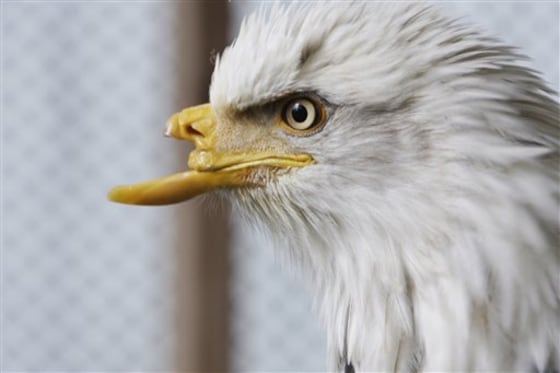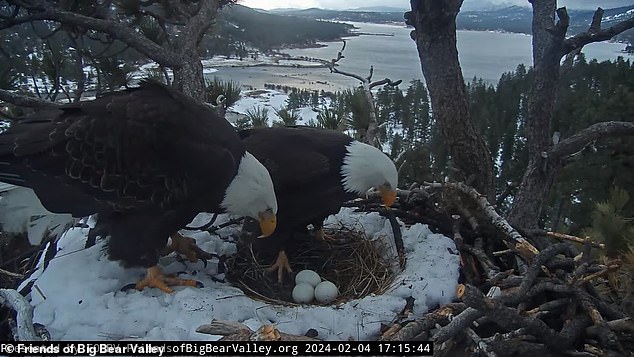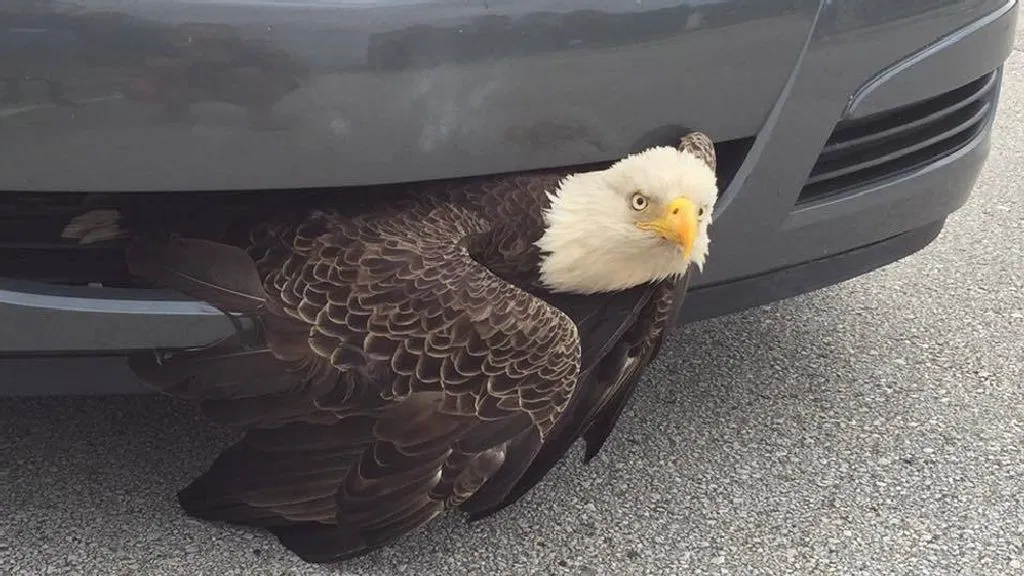The Caninde macaw, or blue-throated macaw, is a type of macaw that can only be found in a specific location in north-central Bolivia called Los Llanos de Moxos. This beautiful bird has been officially declared as a natural heritage of Bolivia since 2014. Unfortunately, until 2010, the native people used to hunt this bird to make feathered headdresses for their traditional “machetero” dances.

The blue-throated macaw is a bird that measures around 85 cm (33 in) in length from beak to tail feathers, and has a wingspan of roughly three feet or 90 cm. It can weigh anywhere from 900 g (32 oz) to 1,100 g (39 oz). Although there are not many noticeable differences between male and female birds, males typically weigh slightly more than females, with an average weight of 750 g and 950 g respectively. The upperparts of the bird are turquoise-blue, with a slightly duller shade on the crown and a brighter tone on the rump. Its underparts are largely bright yellow, although the vent is pale blue.

The blue-throated macaw has a distinct appearance with a facial patch that is partially hidden by blue feather-lines blending into a blue lower cheek and throat. A narrow yellow stripe separates its crown from the bare pink skin around the base of its large, black bill. The unique feature of this bird is the sparsely feathered patch of skin near the base of its dark bill, which has 5 or 6 horizontal stripes of blue feathers. These stripes differ for each blue-throated macaw, allowing for individual identification of adults.
This species resides in the Llano de Moxos in Bolivia and prefers to nest on “Islas” or islands of palm trees scattered around the flat plains. Although it does not dwell in forests, this rare bird can be found in two areas inhabited by two sub-populations of Ara glaucogularis. One sub-population is located to the northwest of Trinidad, which is the capital city of Beni, and the other is to the south of Trinidad. The landscape that the blue-throated macaw inhabits consists of grasslands, marshes, forest islands, and corridors of forests alongside waterways. Their preferred elevation range is between 200 and 300 meters.

When it comes to chow time, Blue-throated macaws have a unique palate compared to their macaw counterparts. Rather than indulging in seeds and nuts, these feathered friends prefer to devour the fruit from large palms. While the main source of their fruity fix is the Attalea phalerata palm species, they also enjoy munching on Acrocomia aculeata and Mauritia flexuosa. These macaws delight in feasting on the mesocarp from ripe and nearly ripe fruits, but have also been spotted sipping on liquid from immature fruit.

The Blue-throated macaws have a yearly breeding cycle, but they may produce another clutch within the same season if the eggs or nestlings are lost. Each clutch usually contains one to three eggs and incubates for 26 days. When the nestlings emerge from their shells, they weigh around 18 grams and fledge in about 13 to 14 weeks. After fledging, the young birds remain completely dependent on their parents for sustenance until they can forage for themselves. Even once they are self-sufficient, it is not uncommon for the juveniles to stay with their parents for up to a year, causing the parents to miss an entire breeding season. These macaws reach sexual maturity at around five years of age.

The blue-throated macaw likes to make its nests in the hollowed cavities of palm trees, especially the Attalea phalerata species. They prefer to use dead palms that have been hollowed out by large grubs after the tree has died. It is common for nesting pairs to search for different nesting sites every year instead of staying in one nest for consecutive breeding seasons. In the wild, the blue-throated macaw competes with other animals such as the blue-and-yellow macaw, green-winged macaw, scarlet macaw, woodpeckers, toco toucans, barn owls, bats, and bees for suitable nesting-holes in trees. Unfortunately, deforestation has led to a decline in the number of suitable nest trees in their natural habitat.

The blue-throated macaw is in a critical situation with a small population and is at risk of disappearing from the wild. It’s classified as critically endangered on the IUCN Red List and is also included in Appendix I by CITES. In Bolivia, national legislation protects them, making trapping illegal.




